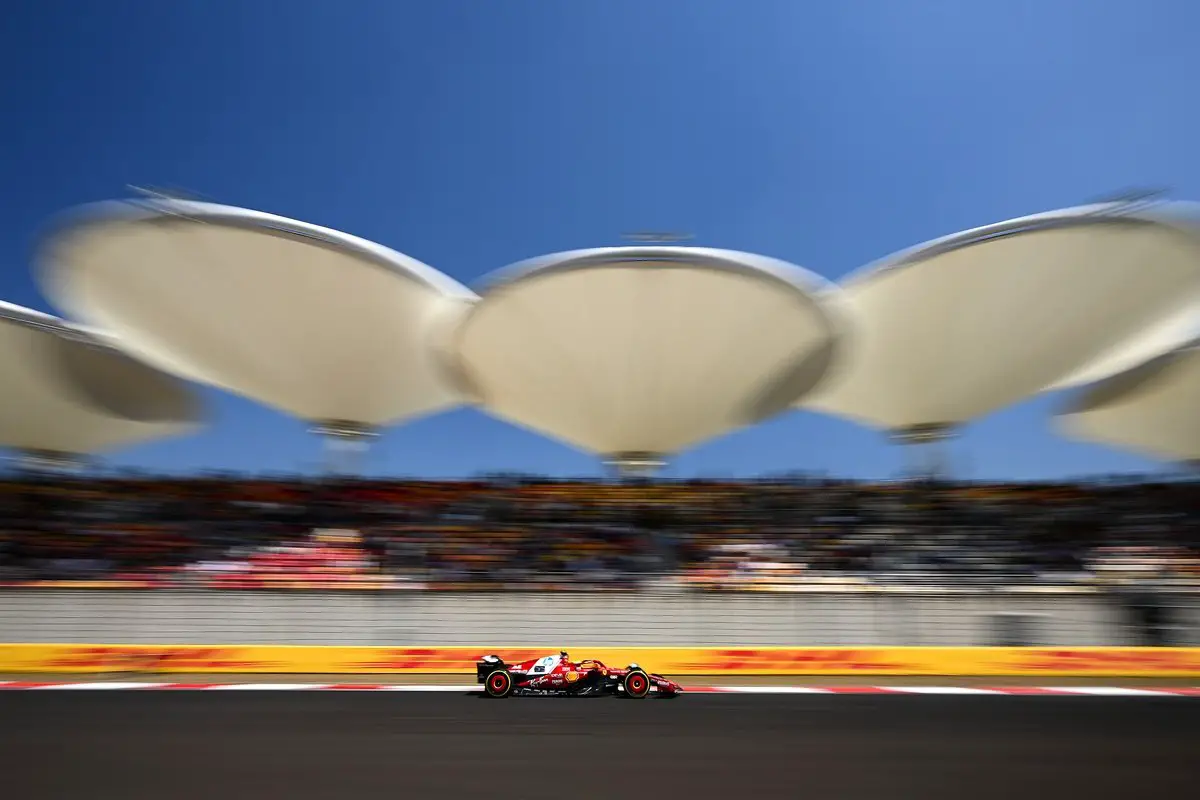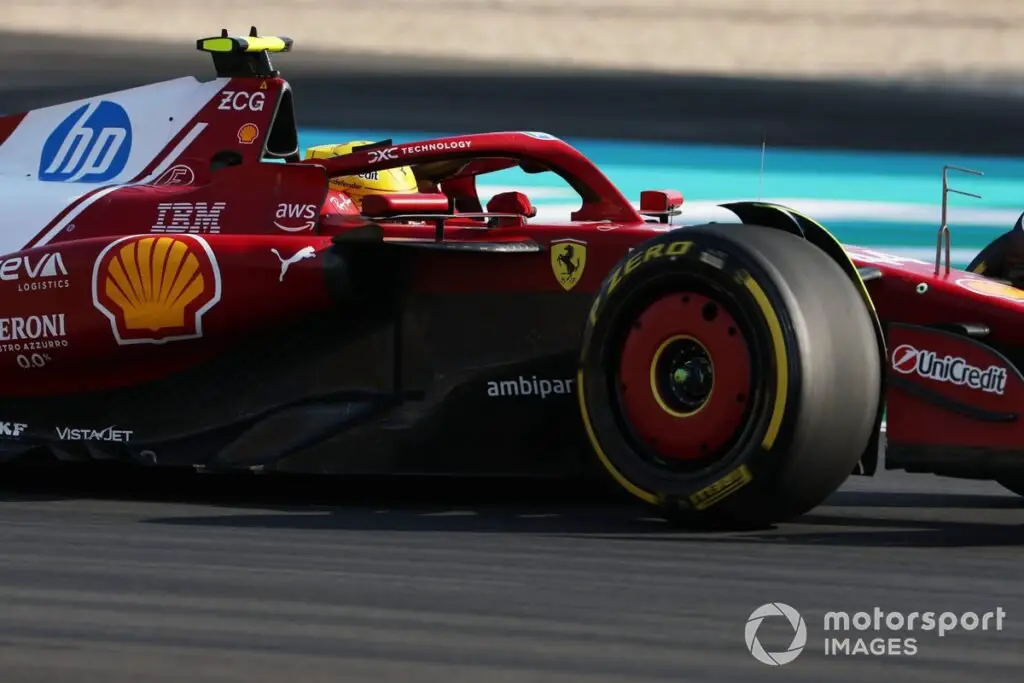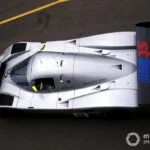Lewis Hamilton Takes Surprise Pole in China, Outshining Rivals at Shanghai International Circuit
After a disheartening weekend in Australia, Ferrari bounced back with a surprising pole position for Lewis Hamilton in the Shanghai International Circuit. The McLaren challenge failed to materialize, leaving Hamilton’s exceptional performance as the decisive factor for his first pole with the SF-25.
Technical Challenges and High Pressure at the Shanghai International Circuit
The Shanghai International Circuit is renowned for its technical layout, with a mix of corners that test a driver’s confidence on entry. It was here that Hamilton found those crucial hundredths of a second to outpace his competitors, including McLaren, who failed to capitalize.
With key factors such as switching from medium to soft tires without much reference data and only one attempt at a flying lap available, the pressure to perform was immense. Ferrari and McLaren adopted different strategies: Ferrari opted for a single run, while chose two.
Analysis of Performance and Tire Management
Data indicates that Lando Norris could have contended for pole had he not made an error at turn 13. However, choosing two attempts on a single set of tires has its drawbacks. Realistically, McLaren should have taken pole, but Hamilton delivered a stellar lap.
Hamilton attributed his performance to his first sector time, improving by about a tenth compared to his previous best, in line with his rivals. However, the key factor wasn’t just the raw lap time. On a circuit where tire management is crucial due to high Pirelli pressures, avoiding excessive tire wear in the opening corners was vital — an area where Charles Leclerc struggled in his final SQ3 attempt.

Telemetry Data Analysis
Hamilton’s approach, as evidenced by telemetry data, involves a wider trajectory and less aggression on the tires, allowing him to keep the throttle open longer. This strategy was crucial for managing the front tires under higher temperatures than in FP1. Leclerc stayed too tight, a section where he had previously struggled. Only Norris managed to do better in his final attempt, but at the cost of straining the front end.
Middle Sector Performance and Cornering Speed
Hamilton’s performance in the middle sector was impressive, setting an absolute record through turn 6 and the 7/8/9 sequence. Telemetry data shows that Ferrari, particularly Hamilton, carried significant speed into turn 8 — similar to Max Verstappen, but quicker than McLaren.
Data Insights and McLaren’s Performance
These crucial data points reveal some of the characteristics that make McLaren‘s MCL38 slightly more unstable, as drivers have pointed out despite its competitiveness. Data also shows how Hamilton manipulates the throttle, delaying and keeping it open longer than other drivers. The third sector, however, was a different story. With DRS open, the SF-25 held its own, losing just 1 km/h to Red Bull but gaining 5 km/h over the s, allowing Hamilton to extend his lead — at least for part of the straight.
Challenges Ahead and Areas for Improvement
The final corner was a potential stumbling block for Hamilton, who was the slowest here, losing 13 km/h to Piastri and 8 km/h to Verstappen. This corner could be a point of concern for Hamilton’s weekend and highlights an area where he still needs to improve, particularly in medium-high-speed corners with sharp turns.
After qualifying, Hamilton expressed feeling more comfortable with the SF-25 in China than in Australia, as he is starting to provide his own input on the setup to tailor the car to his needs and unlock its potential — something that was only glimpsed in Melbourne. The biggest challenge will be over long distances, where McLaren remains a formidable opponent.
Photos from Chinese GP – Practice & Sprint QU provide a visual perspective of the action-packed qualifying session.







